Bob Dylan is a beloved artist with divisive releases in his vast catalog. Following Nashville Skyline with Self Portrait was dizzying. Portrait was scorned by critics, but Dylan claimed it was a joke to make the crowds go away. He didn’t sign up to become his generation’s voice, and he was exhausted.
Videos by American Songwriter
Many fans jumped ship with the Christian trilogy of albums. But Dylan’s Bootleg Series around these and other releases have added necessary context to right Dylan’s perceived wrongs.
The 1978 double live album, At Budokan, was despised by critics, too. The newly released The Complete Budokan 1978 is a four-disc remixed and remastered version and an opportunity for a fresh look back on a derided moment in Dylan’s career.
Were the critics wrong about At Budokan?
Dylan directed a four-hour film documenting his 1975 Rolling Thunder Revue Tour. Renaldo and Clara, starring Dylan and Joan Baez, received poor reviews in 1978. The cost of the film left Dylan financially strapped. He also had divorced his first wife, Sara Lownds, a year earlier. The divorce, the film, and decreasing commercial success had Dylan in desperate need of money.
His manager, Jerry Weintraub, convinced Dylan he needed a “slick” tour. The famously stubborn singer was forced to play the hits for the masses. He expanded his band with horns, flutes, and backing vocalists, launching a tour in 1978. At Budokan documents two nights in Tokyo—February 28 and March 1.
The reissue opens with a sax-heavy instrumental version of “A Hard Rain’s A-Gonna Fall.” It’s immediately apparent this is a very different vibe from the Rolling Thunder Revue. Next, the band launches into a cover of Roland James’ “Repossession Blues.” It feels like familiar ground.
It was a short-lived reprieve, with Dylan leading the band through a schmaltzy version of “Mr. Tambourine Man.” With flute. The mawkish versions of Dylan’s classics continue with his band, in matching clothes, turning a once-rambling group of musicians into a Vegas act.
Cashing in, Dylan sticks to the middle of the road with island blues. “Don’t Think Twice, It’s All Right” is an attempt at reggae. It makes Guns N’ Roses’ awful cover of “Knockin’ on Heaven’s Door” sound like the Wailers.
The rage and fury of “Maggie’s Farm” is reduced to the sound of a New Year’s Eve casino band. “Forever Young” attempts to resurrect Elvis for one more Vegas run. The audience claps politely between songs, with Dylan conducting a lifeless and professional set.
“The Times They Are A-Changin’” closes disc two. The wisdom of Dylan’s lyrics fades into the abyss of a plodding band. The set’s sluggish tempos add to a general feeling of malaise. And Dylan sounds tired.
On “Like a Rolling Stone,” he’s rolling through the verses like he’s punching a clock. The chorus lines are punctuated with a tired saxophone. The band shows signs of life on “Love Her with a Feeling,” another blues cover.
There are two ways to see At Budokan. One is to be hypercritical because of Dylan’s prominence. Blood on the Tracks casts a mighty shadow. The alternative is giving a four-and-a-half-hour live album more attention than it deserves. It takes the patience of a monk to digest 58 songs, even for Dylan obsessives.
This tour would be better off disappearing into the ether of a late-’70s money grab. But, because Dylan is the most significant American songwriter, every facet of his movements is studied through the lens of a musicologist. At Budokan is a fascinating release. Understanding the history and motivation behind the tour, listening grace is restored with empathy for Dylan’s position.
The cliché of art against commerce is true. And even Dylan isn’t immune to the struggle. “One More Cup of Coffee (Valley Below)” from Desire takes on new meaning. It sounds like Dylan is ticking off tour commitments like a child counting down the days to Christmas.
Cynically called the “Alimony Tour,” critics in the U.S. scorned the Vegas feel of the whole affair. But the tour was well-received in the UK. “It’s Alright, Ma (I’m Only Bleeding)” displays some of the energy the Brits praised.
The live souvenir documents the early shows of the ’78 tour. It’s plausible the band loosened up as it rolled on. And rolling on has been Dylan’s reality. He is famous for ruining his back catalog live. Then, he reappears with brilliant live renditions. But the brilliance only shines against the previous live disasters. It’s a neverending grind on the road. Yet, Dylan endures. He endures with a broken voice and a song catalog that survives the pounding waves of his later interpretations.
Don’t miss the legend! Grab your Bob Dylan Tour tickets now and witness musical history in the making.
When you purchase through links on our site, we may earn an affiliate commission.
Photo by David Redfern/Redferns

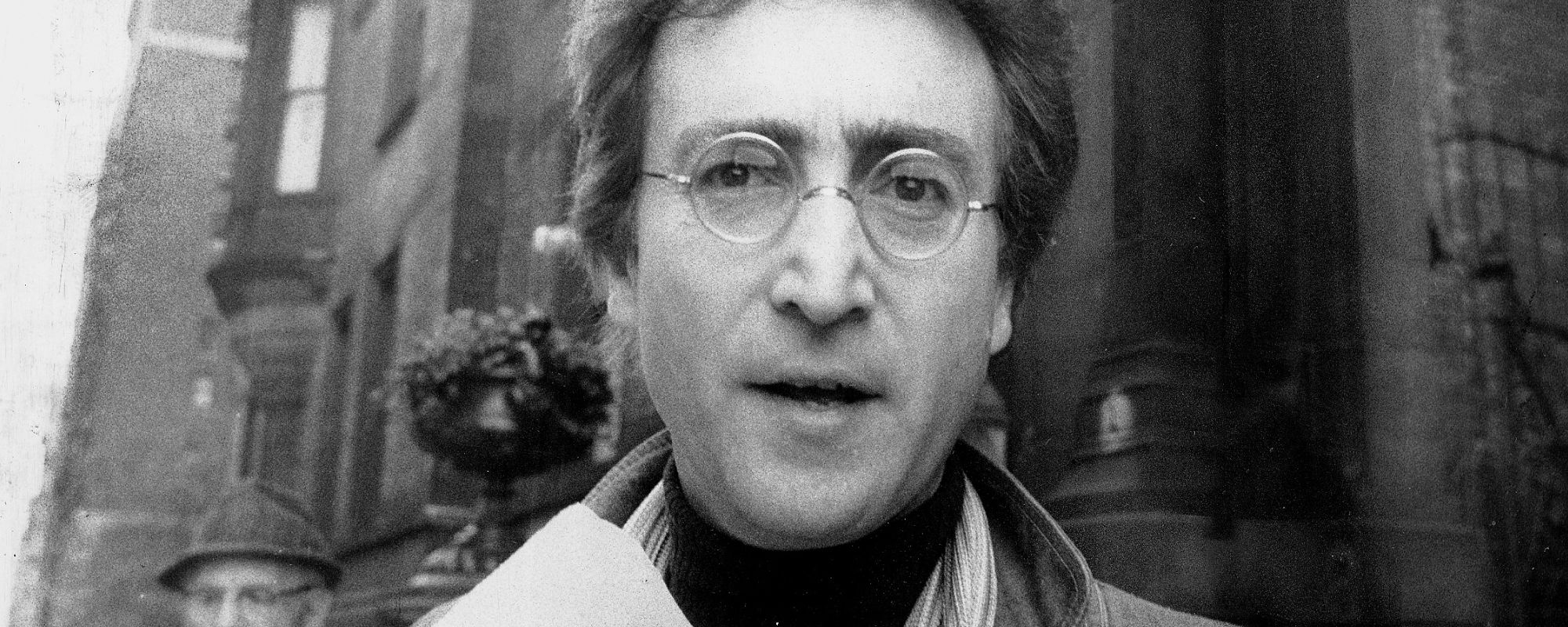
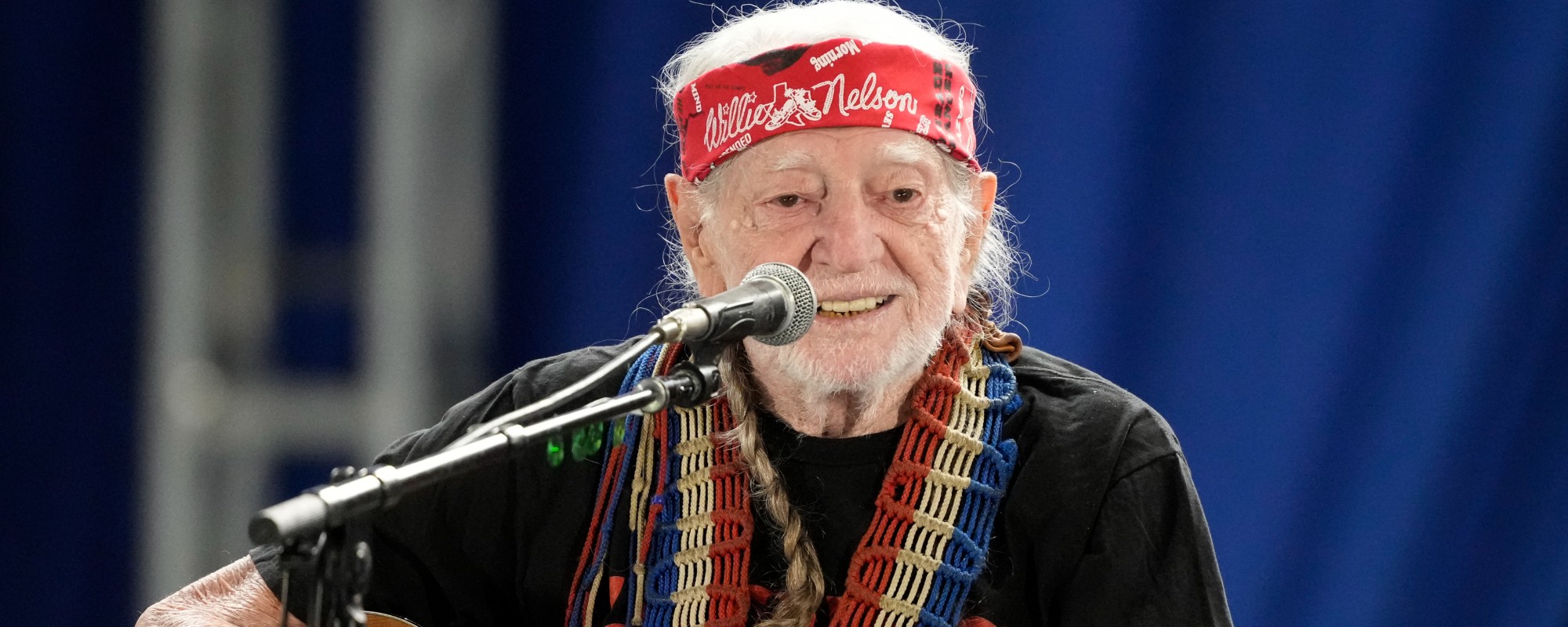


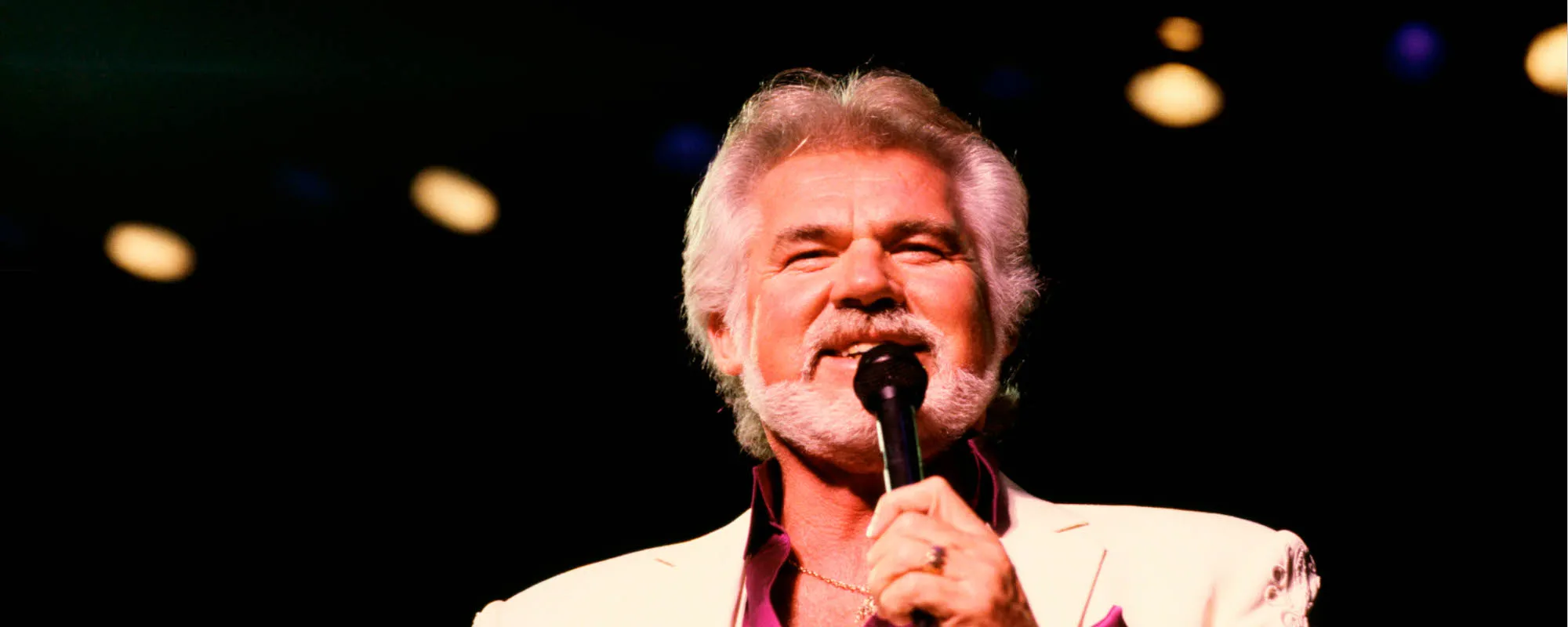
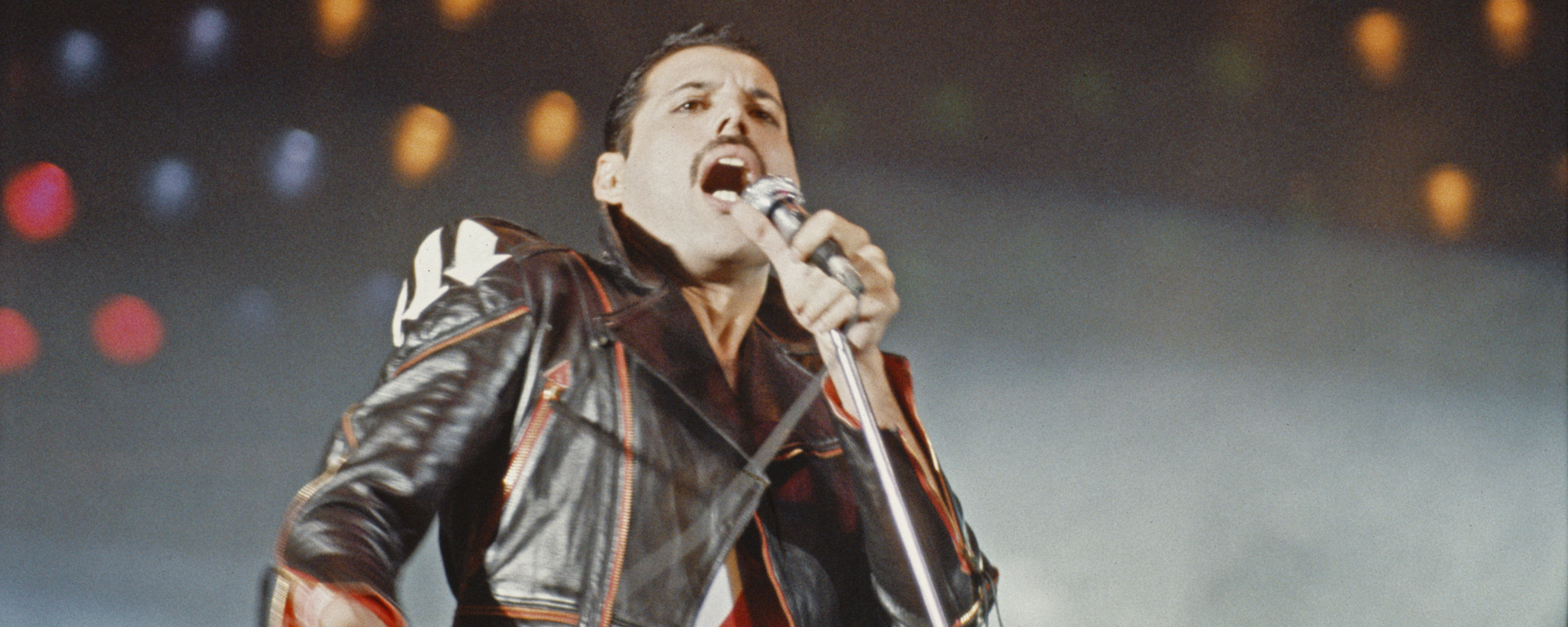

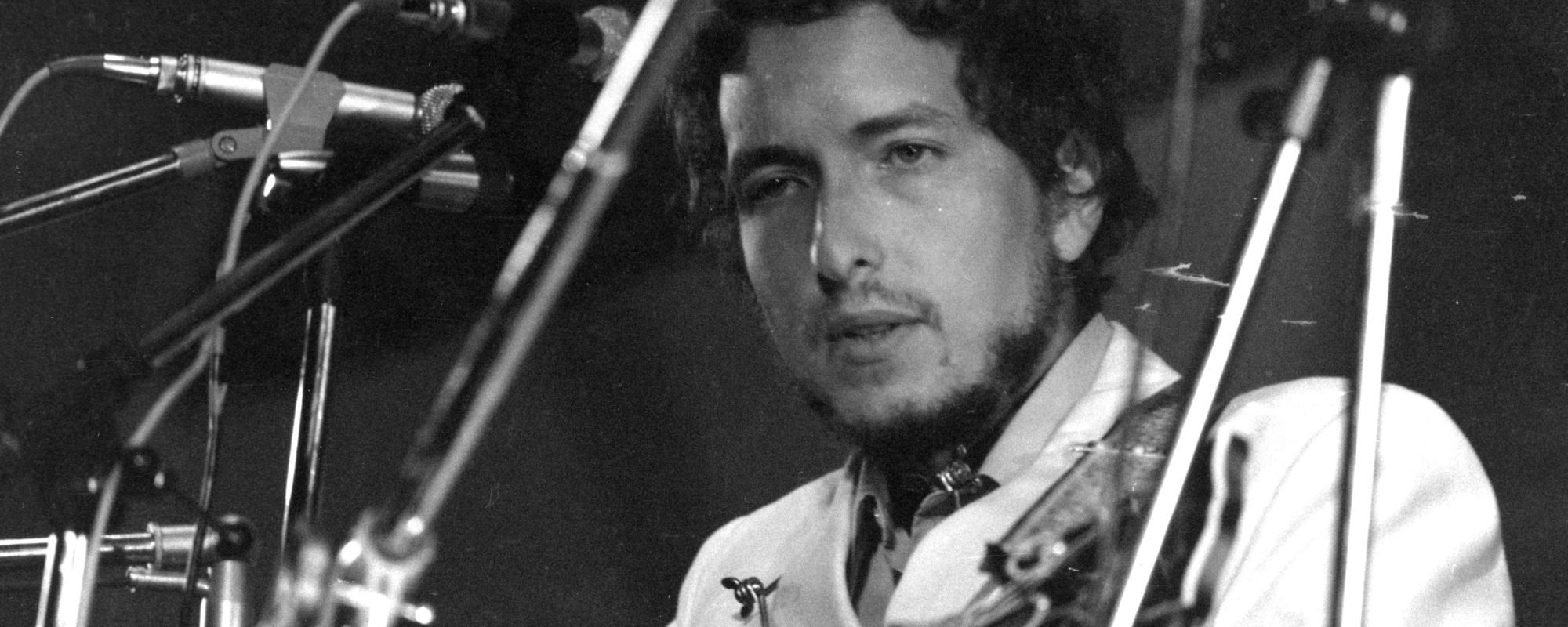




Leave a Reply
Only members can comment. Become a member. Already a member? Log in.